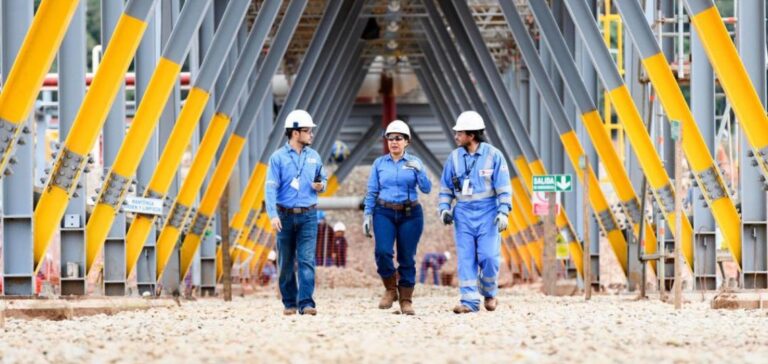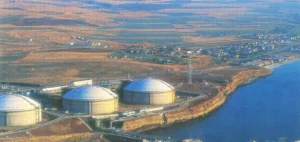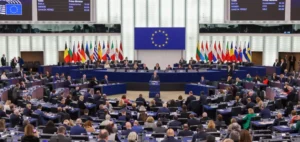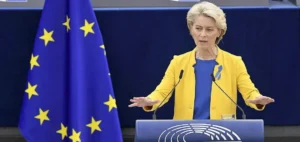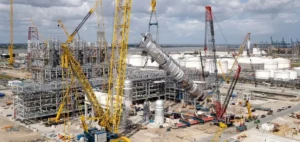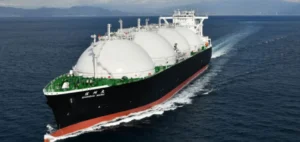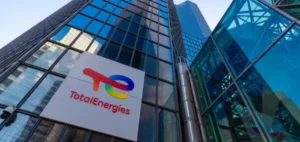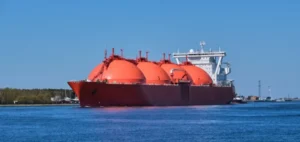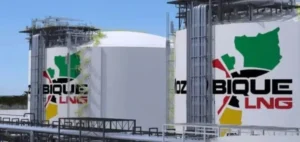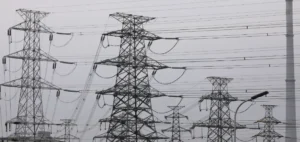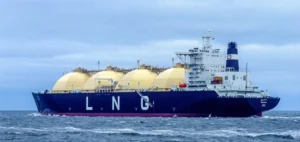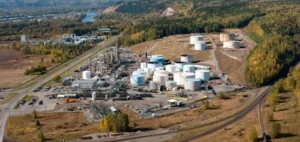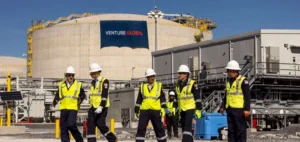Bolivia, under the leadership of President Luis Arce, has just made a significant discovery in the energy sector. The country has identified a 1.7 trillion cubic feet (TCF) natural gas megafield in the northern department of La Paz. According to official statements, this is the most important discovery since 2005. This new deposit should attract the investment Bolivia is seeking to revitalize the country’s hydrocarbon sector.
A historic discovery for Bolivia
The announcement, made at a public event, highlights the Bolivian government’s investment of nearly $50 million to bring this exploration project to fruition. Luis Arce stressed the importance of this discovery for the national economy, although details of the precise impact on Bolivia ‘s reserves are still being assessed by the national oil company YPFB (Yacimientos Petrolíferos Fiscales Bolivianos).
Impact on reserves and exports
Currently, Bolivia’s proven natural gas reserves stand at 8.95 TCF, according to the latest available data from 2019. In 2018, these reserves peaked at 10.45 TCF. Most of this production is exported to neighboring countries such as Brazil and Argentina, constituting a major source of revenue for Bolivia.
However, since 2021, gas exports have been supplanted by gold exports, due to a drop in gas production. This situation is due to a decade of lack of exploration and replenishment of reserves, a fact acknowledged by President Arce himself.
Economic consequences and future prospects
The drop in gas production has had a significant impact on the Bolivian economy, forcing the country to use its foreign exchange reserves to import diesel and gasoline. This new discovery could therefore play a crucial role in revitalizing the country’s energy sector.
To fully assess the potential of this new deposit, YPFB will be recruiting a specialist consultancy firm. Future studies will determine the site’s proven and probable reserves, and plan future stages of development.
The announcement of this discovery comes at a critical time, when Bolivia is seeking to diversify its sources of revenue and strengthen its energy independence. The prospects offered by this megafield could redefine the country’s energy landscape, stimulating the economy and strengthening its position on the international market.
Bolivia must now focus on the efficient implementation of exploration and production projects to take full advantage of this new resource. Future strategies and investments in this sector will be decisive in ensuring sustainable, stable growth.


